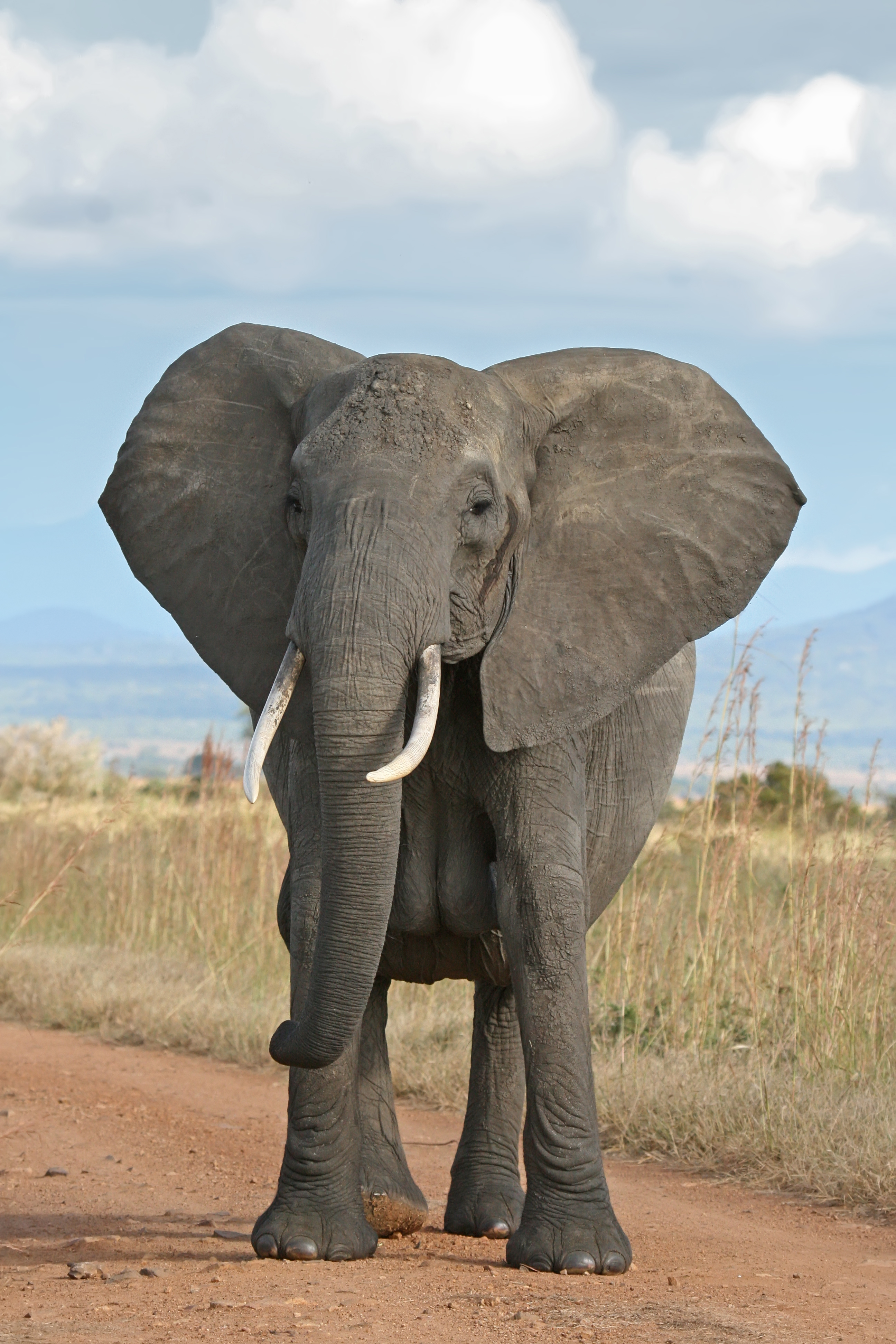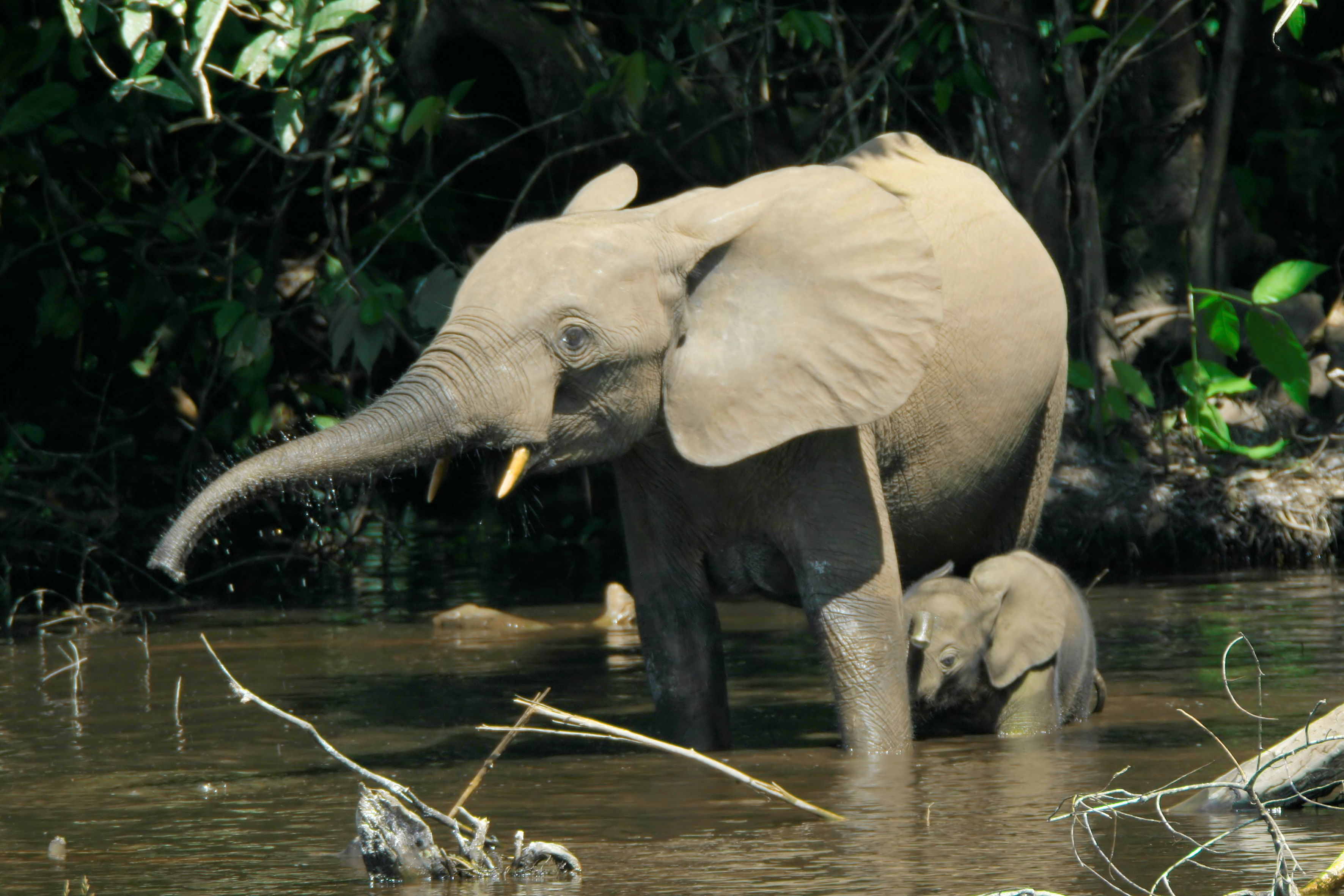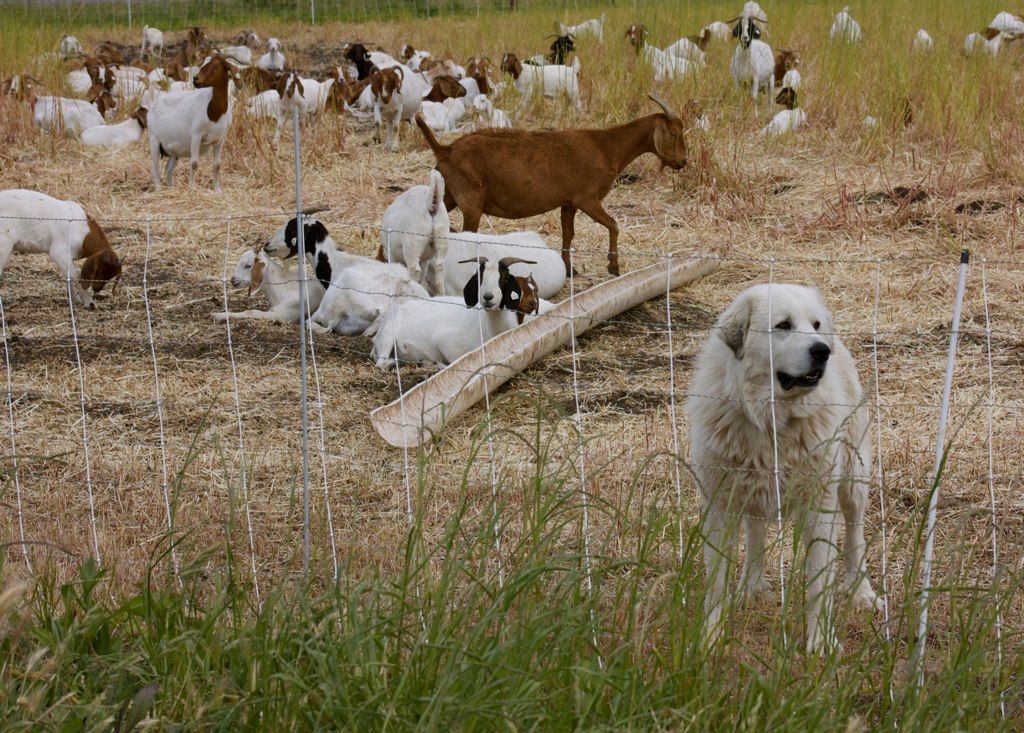| A red wolf at the Red Wolf Education and Health Care Facility in Columbia, North Carolina. |
A mother red wolf was recently shot and killed legally on a private property last week and now wildlife protection advocates are demanding federal authorities to care for her offspring. This ruthless and senseless killing was done by a landowner in North Carolina's Hyde County, who then reported to the U.S Fish and Wildlife Service on June 17. According to Pete Benjamin, a Raleigh-based field office supervisor for the wildlife service, the female showed signs of nursing, but it is not known how many pups there are or where they might be. He further added that the offspring would have been almost weaned by now. The wolf had left the boundaries of Alligator River National Wildlife Refuge, where fewer than 100 people live as a preliminary effort to preserve the rare and critically endangered species in the wild. Before resorting to shooting and killing the wolf, the landowner unsuccessfully tried to capture and return it to federal land. Mike Senatore, vice president of conservation law for the Defenders of Wildlife, said in a statement that the landowner did not permit federal biologists on his property to help capture the wolf. He further added that the wildlife service should not have allowed a wolf to be killed in this situation.
How can a critically endangered species like the red wolf be killed legally? What kind of a law allows landowners to kill such animals persistently living on their property? Since 2013, the red wolf population has fallen to fewer than 100 animals in more than a decade and that figure is continuously dropping as the animals are killed upon being mistaken for coyotes and seen as a threat to livestock and pets. This relationship between people and red wolves should not persist on the long-run. The main focus in the conservation of the red wolf is to conduct captive breeding, in order to repopulate the species and reintroducing it into the wild. The Alligator River National Wildlife Refuge is probably one of the handful of protected areas where the red wolf currently lives. But when the species starts to leave the vicinity of a protected area, it becomes a helpless victim of human persecution like most of its kind. This is especially appalling when the victim turns out to be a female with young. By killing the mother red wolf, the landowner who committed this horrendous act not only took a life but also shattered the hopes of conservation groups regarding the survival of the species. In addition, he did not even allow federal biologists to help capture the animal safely. The landowner simply had to take matters into his own hands by killing the mother wolf and depriving her offspring of parental care. This man should be tried and prosecuted severely for this ruthless killing and the law which permits people like him to persistently kill red wolves on their property should be annihilated.
Some landowners insist that red wolves leave the Alligator River National Wildlife Refuge to breed with coyotes resulting in hybrids which makes it difficult for ordinary people to distinguish a true red wolf from a hybrid. This can be prevented by providing and conducting education programs to the general public about the difference between coyotes, red wolves, and coyote-wolf hybrids before anyone attempts to go out to kill a coyote. Furthermore, a new law should be implemented in which violators would be imposed with a stiff fine and prison sentence for illegally killing a red wolf. Most importantly, private landowners should be strictly advised to contact wildlife authorities and other professionals if they find red wolves or anything that looks like red wolves on their property and never attempt to return the animals to a protected area. This can result in serious injury or worse to both people and wild animals. The red wolf is one of the most iconic animals in the U.S, along with the bald eagle, American bison, grizzly bear, and other majestic creatures. It is also a keystone species in its native habitat of the southeastern U.S and its role as a predator helps maintain the balance in the ecosystem.
View article here






